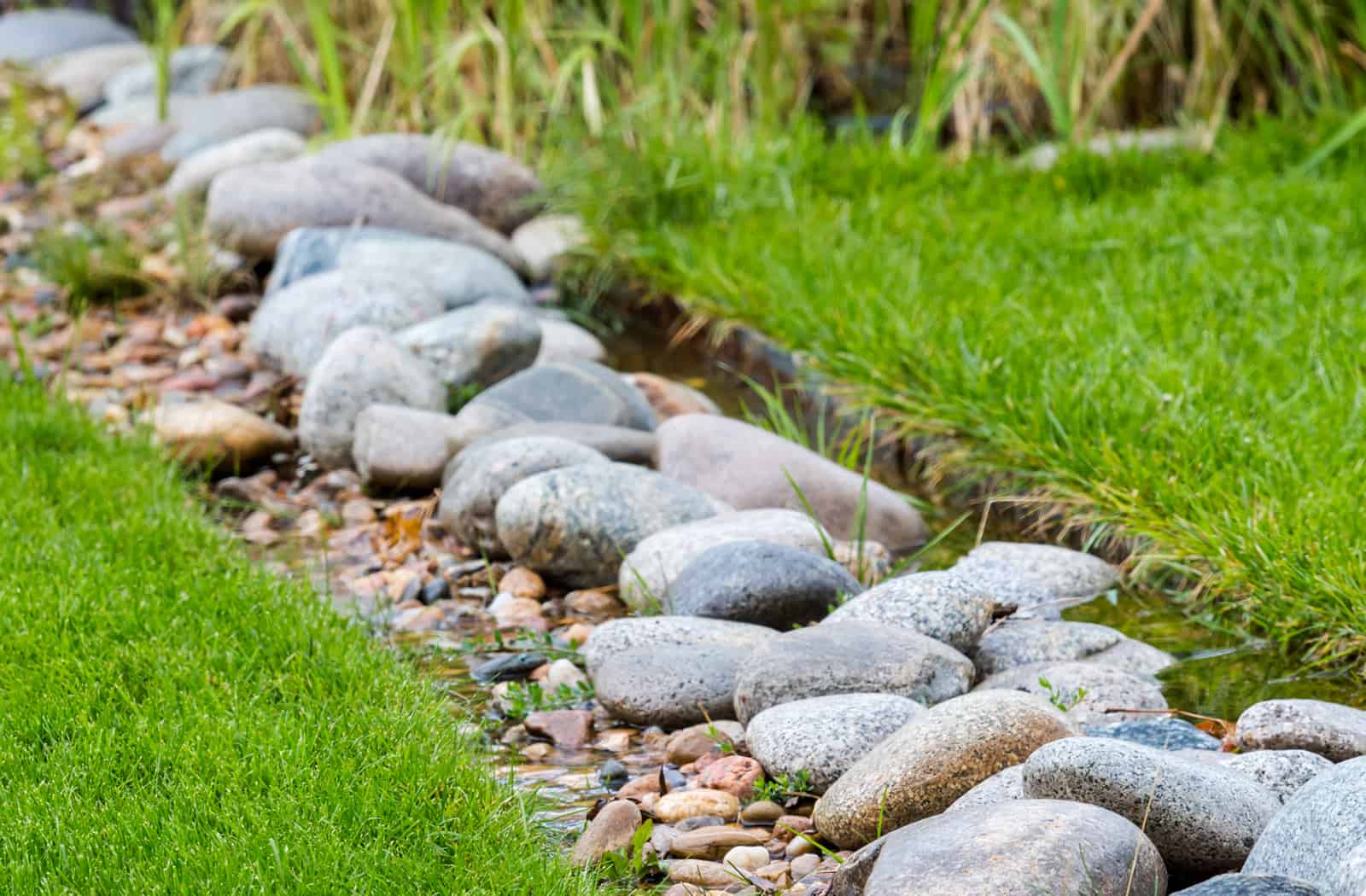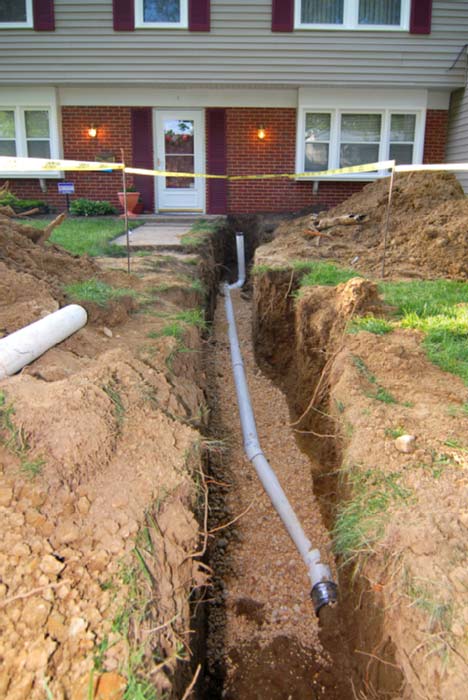
After digging your trench, fill it with a few inches of crushed stone. Cover the stone with water-permeable landscaping material to discourage weed development. Next, lay piping into the trench. Choose one of 2 types, either rigid PVC with predrilled holes or versatile drain pipeline cut with slits. PVC lasts longer, and if you experience a clog, it can be cleaned up with pressure or a plumbing professional's snake.
Choosing PVC!.?. !? You can connect a 45-degree angle joint to the start of your pipeline and then connect the joint to a pipeline that can be left sticking out of the ground for an easy-access clean-out point. information about french drain systems to remember in PVC installations: Orient the pipe holes downward.

Wrap landscaping fabric around the pipe to keep dirt and roots from obstructing the system. Lastly, infill the trench with gravel to grade. Alternatively, infill with gravel to a point a couple of inches below grade, then add dirt to span the staying range. Although covering the pipeline complicates future maintenance efforts, doing so enables the French drain to be totally concealed.

If you are planning to dig a long trench, think about renting a trench digger to make quicker work of it. Location a catchment barrel at the terminus of your drain as a way of harvesting rainwater for usage in the garden. After trenching, anticipate to have a big amount of loose dirt in need of a home.

Drainage issues? Employ a pro to do the grunt work for you. Get totally free, no-commitment job quotes from drainage specialists today.
Water constantly streams downhill, and by the simplest path possible. That's the standard idea behind a French drain, a slightly sloped trench filled with round gravel and a pipeline that diverts water far from your house. By the way, the name doesn't originate from the country. It's from Henry French, a judge and farmer in Concord, Massachusetts, who promoted the idea in an 1859 book about farm drainage.
Water encounters a gravel-filled trench, then into perforated pipe at the bottom of the trench. Water takes a trip easily through the pipeline, which empties a safe distance from your home. The trench bottom should be sloped about 1 inch for each 8 feet in the direction you desire water to flow.